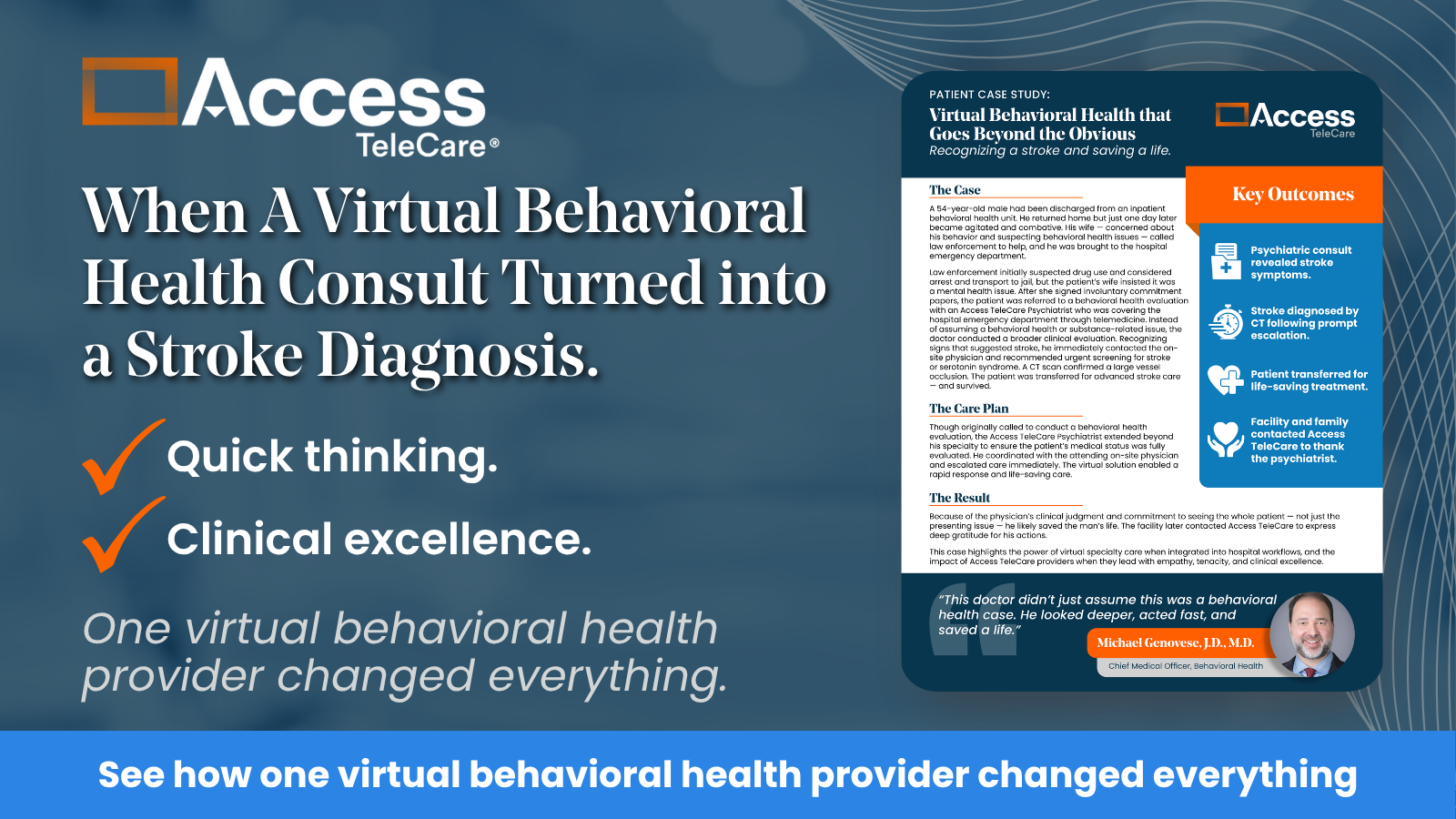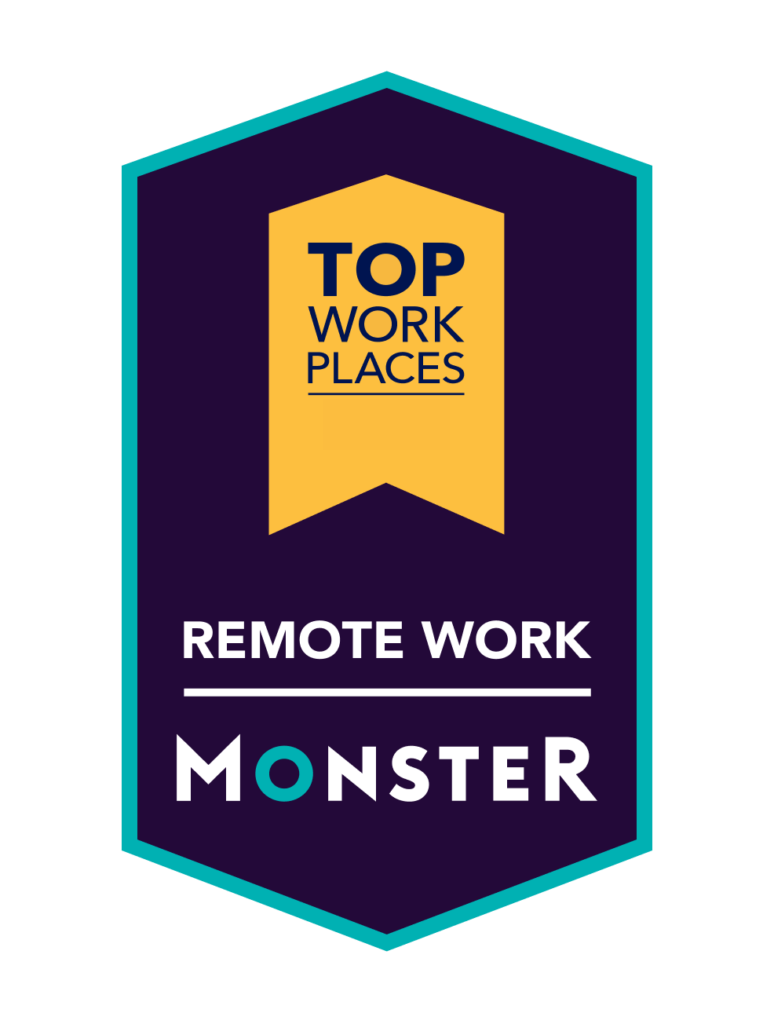Most of us have seen graphs showing the dramatic telehealth growth as a result of the COVID-19 pandemic: a massive surge in March and April of 2020, followed by a moderate plunge, and finally a tapering off. Here’s what it looks like:

What most of us have not seen, however, is the surge in telehealth utilization broken out by diagnosis.
In an effort to track and evaluate the use of telehealth resources in the U.S., the COVID-19 Healthcare Coalition (C19HCC) gathered data from millions of health insurance claims from January 2019 through December 2020.
According to the organization’s summary of the report, this de-identified data set represents more than 50% of private health insurance claims in the U.S. during that time. Though it does not include the majority of Medicare and Medicaid claims, it does include some Medicare Advantage and Medicaid programs which use private carriers.
Here’s what they found:

Compared to the surge in other primary diagnoses, the behavioral and mental health surge was bordering on astronomical.
Mental and Behavioral Telehealth Claims Spike During COVID
Mental and behavioral telehealth had already experienced a significant growth spurt in 2019, from the low tens of thousands each month at the start of the year to over a hundred thousand per month by April 2019. In any other time, that in itself would have been cause for attention.
By February 2020, just prior to the pandemic hitting U.S. shores, behavioral and mental health claims were around 170,000 per month. And then, the spike: in March 2020, the C19HCC data show 1.7 million claims for behavioral and mental health. In April 2020, with lockdowns at their peak severity, there were more than 5 million.
To be clear, all types of medicine saw dramatic telehealth growth over the past year. Just take “Injury and Poisoning” as one example: claims spiked from around 4,000 per month pre-pandemic to nearly 140,000 in April 2020—and they remained at more than 40,000 per month as the year ended. That’s a 10x spike in telehealth utilization for injuries and poisonings.
But it was still dwarfed by the behavioral and mental health surge.
TelePsychiatry Provides Help for Patients During Surge in Demand
“Our psychiatry numbers are through the roof,” said Dr. John Kenny. Kenny, a telePsychiatrist at Access TeleCare, recently published a blog about his experience during the mental health surge: “We got more calls, more cases while on shift, and more text messages asking us to take cases while off shift,” he wrote. “After all, that’s what telePsychiatry does: it adjusts to meet surges in volume or scales down as necessary.”
Data on the mental health surge is by now widespread. A recent report from the US Census Bureau showed that more than 42 percent of people surveyed said they experienced anxiety or depression in December 2020—up from 11 percent the year before. A CDC report published in November 2020 showed that a higher proportion of kids coming into the ER since April 2020 were there for mental health reasons. One year into the pandemic, a PEW Research survey showed that one fifth of U.S. adults reported “high levels of psychological distress.”
And it’s not just mental health issues brought about by living through a pandemic—there are psychiatric illnesses brought about by the COVID-19 virus itself. A study published in The Lancet in April 2021 looked at outcomes from 236,379 survivors of COVID-19. The study found that about a third had neurological or psychiatric diagnosis in the six months following their COVID-19 diagnosis.
Finally, data from C19HCC shows that telehealth growth in 2020 was very unevenly distributed geographically. Some states, such as Georgia, Alabama and Mississippi, saw telehealth claims rise “only” by around 5x to 10x. While other states, notably those in the Northeast, saw surges of 50x to 100x or more:

This uneven distribution is precisely why telehealth has been so instrumental over the past year. We cannot simply ship the nation’s telePsychiatrists to Massachusetts, Connecticut, and Rhode Island in order to help patients there deal with a surge in behavioral health. But telePsychiatry can provide the necessary virtual surge when and where it’s needed.
***
Are you considering investing in telePsychiatry to help with your mental health patients? Read How to Choose a telePsychiatry Partner first.








